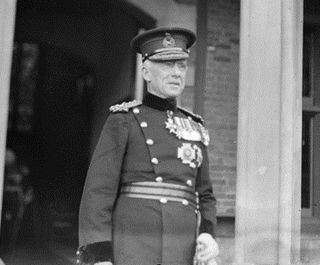
Lieutenant General Sir Joseph John Talbot Hobbs, was an Australian architect and First World War general.
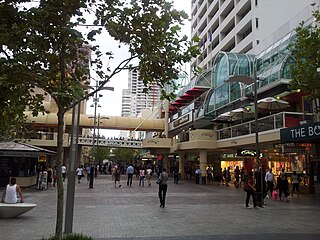
Murray Street is one of four main east-west roads within the Perth central business district (CBD).
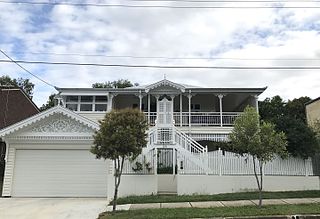
Australian residential architectural styles have evolved significantly over time, from the early days of structures made from relatively cheap and imported corrugated iron to more sophisticated styles borrowed from other countries, such as the Victorian style from the United Kingdom, the Georgian style from North America and Europe and the Californian bungalow from the United States. A common feature of the Australian home is the use of fencing in front gardens, also common in both the United Kingdom and the United States.
Australian non-residential architectural styles are a set of Australian architectural styles that apply to buildings used for purposes other than residence and have been around only since the first colonial government buildings of early European settlement of Australia in 1788.

Federation architecture is the architectural style in Australia that was prevalent from around 1890 to 1915. The name refers to the Federation of Australia on 1 January 1901, when the Australian colonies collectively became the Commonwealth of Australia.
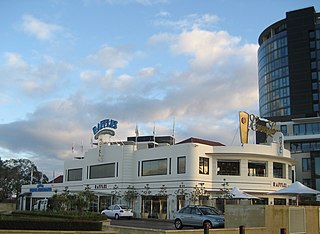
Raffles Hotel is located at the corner of Canning Highway and Canning Beach Road in the Perth, Western Australia suburb of Applecross, Western Australia. It is a two-storey hotel designed in the Inter-War Functionalist style and is one of the few examples of a hotel in this style surviving in the Perth metropolitan area. Earlier named the Canning Bridge Hotel, it has operated continuously as a licensed hotel since at least 1896. For over 50 years until 2002, it was owned by Australian nightclub owner and property developer Abe Saffron, whose plan to demolish the hotel was successfully opposed by the Art Deco Society of Western Australia in a ten-year campaign.

The Palace Hotel in Perth, Western Australia is a landmark three-storey heritage listed building located in the city's central business district. Originally built in 1897 as a hotel during the gold rush period of Western Australia's history, it was converted to banking chambers and offices in the 1980s and now accommodates the Perth headquarters of Woods Bagot, Adapptor and Hatchd. The building is located on the most prominent intersection in the financial district of the city, at the corner of St Georges Terrace and William Street.

Wesley Church is a Uniting Church in Perth, Western Australia, located at the corner of William Street and Hay Street. It is one of the oldest church buildings and one of few remaining 19th-century colonial buildings in the City of Perth.
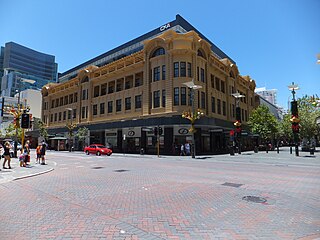
Walsh's Building formerly known as the Economic Store Building is a building in Perth, Western Australia. It was designed by Talbot Hobbs.

St George's House is located at 237 St Georges Terrace in Perth, Western Australia. It was also previously known as Cardigan House, Bishop's Grove and Ingle Hall.

The Esplanade Hotel is a hotel located opposite Esplanade Park in Fremantle, Western Australia. The building stands on the site of the first building used for housing convicts transported from Great Britain in 1850.
Michael Francis Cavanagh was an Australian architect, primarily known for his work in Western Australia from 1895 to the late 1930s.

The Melbourne Hotel is a heritage listed landmark hotel in Perth, Western Australia. The hotel is located on the corner of Hay Street and Milligan Street.

The Criterion Hotel is a heritage-listed hotel at 84 Palmerin Street in Warwick, Queensland, Australia. It was designed by Dornbusch & Connolly and built in 1917 by Connolly & Bell. It was added to the Queensland Heritage Register on 21 October 1992.

The Heritage Hotel is a heritage-listed hotel at 230 Quay Street, Rockhampton, Rockhampton Region, Queensland, Australia. It was designed by John William Wilson and built in 1898 by John Kerslake Evans. It is also known as the Old Colonial Hotel and the Commercial Hotel. It was added to the Queensland Heritage Register on 21 October 1992.

Avon Terrace it is the main street of the town of York, Western Australia, and is lined with heritage buildings.

The P&O Hotel is a heritage listed building located at 25 High Street on the corner of Mouat Street in Fremantle, Western Australia. It was one of many commercial buildings constructed in Fremantle during the gold boom period in the late nineteenth and early twentieth century.
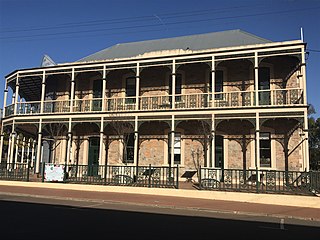
The Imperial Hotel was the first hotel to be built in York, Western Australia that adopted the new "Australian hotel" style in hotel design, with a dominant position on a main street corner block, high and ornate double verandahs surrounding the façade and a main entrance onto the street. The building is in Victorian Filigree style.

231 George Street is a heritage-listed commercial office building at 231 George Street, in the inner city Sydney suburb of The Rocks in the City of Sydney local government area of New South Wales, Australia. It was built from 1914 to 1915. The property is owned by Property NSW, an agency of the Government of New South Wales. It was added to the New South Wales State Heritage Register on 10 May 2002.
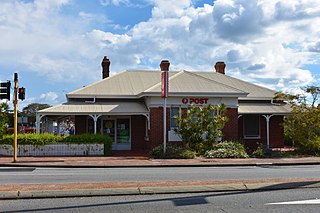
South Perth Post Office is a heritage-listed post office at 103 Mill Point Road, South Perth, Western Australia, Australia. It was added to the Australian Commonwealth Heritage List on 8 November 2011.



















